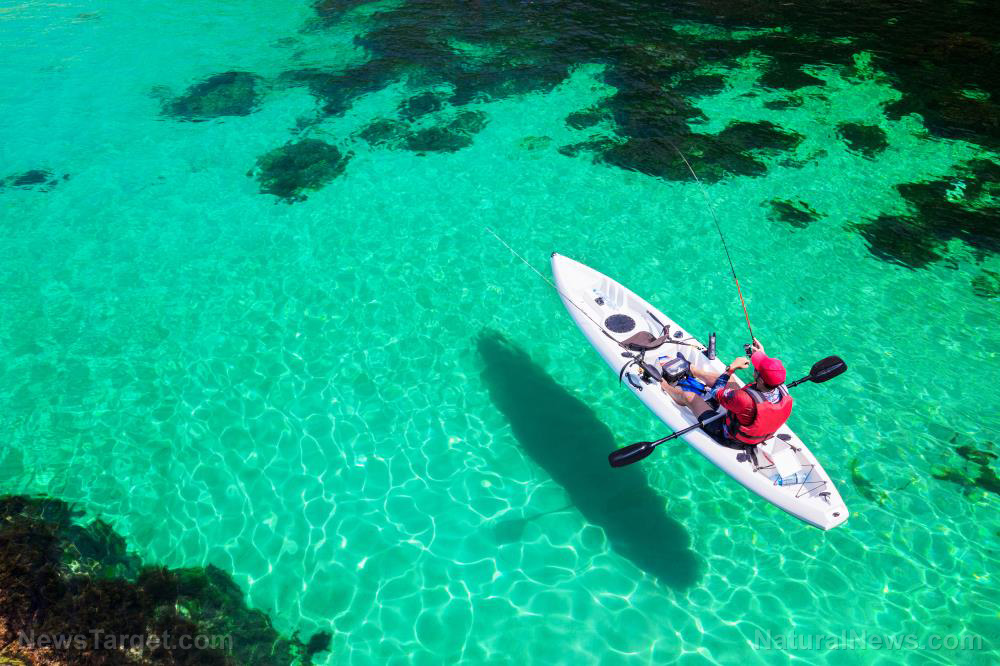
Study found that many small, low-lying islands can adapt and keep themselves stable
In fact, a study from 2020 that largely flew under the radar concluded that many small islands are actually unlikely to disappear due to rising seas. The three-year study found that the small, low-lying islands in the Caribbean and Pacific that are often cited as among the most vulnerable to the effects of global warming can actually adapt naturally to any threats and raise themselves above the rising waters. The study, which was carried out by researchers from the University of Plymouth in the UK, revealed that the tides in coral reef islands like the Marshall Islands and Maldives actually move sediment to create a higher elevation, and this could help them remain habitable. University of Plymouth professor of coastal geomorphology Gerd Masselink, the study’s lead author, said: "The dominant discourse is that of an island drowning, and the outcome of that is coastal defences and relocation ... We think there are more trajectories for the islands." Many of these coral reef islands were actually formed this way in the first place, with waves moving sediment and reef material and piling it up to create a higher ground. He said that this is continuing to happen, and in their study, his team of scientists built a model of a coral reef and island in a tank with rising levels of water and ran computer simulations to replicate the response seen in nature. They found that with infrastructure that allows for occasional flooding, such as buildings erected on stilts, these islands could adapt to changes in the environment, while dredging sediment and coral sand in island lagoons and relocating it to beaches could give the natural process that raises the islands a boost. Not surprisingly, these studies about nature's incredible ability to adapt did not get nearly as much attention as the sensational claims that islands around the world are about to sink into the ocean. Sources for this article include: Expose-News.com Reuters.comNew cars in Europe to automatically reduce engine power if driver is speeding
By Ethan Huff // Share
Western powers seeking to replace Zelensky amid growing distrust in Ukraine
By Richard Brown // Share
Germany pledges to expand commitment to Ukraine, agrees to host U.S. cruise missiles
By Richard Brown // Share
Ukrainian forces accused of bombing own civilians in Donbas
By Richard Brown // Share
IDF admits responsibility for KILLING Israeli hostages on October 7
By Richard Brown // Share
Iran conducts surprise missile drills amid rising tensions with Israel
By kevinhughes // Share
Kremlin denies reports of plans to "restore Soviet influence"
By bellecarter // Share
How AI news bots are quietly reshaping public opinion
By avagrace // Share
The Unshackled Physician: A surgeon's awakening to medical tyranny
By ramontomeydw // Share











